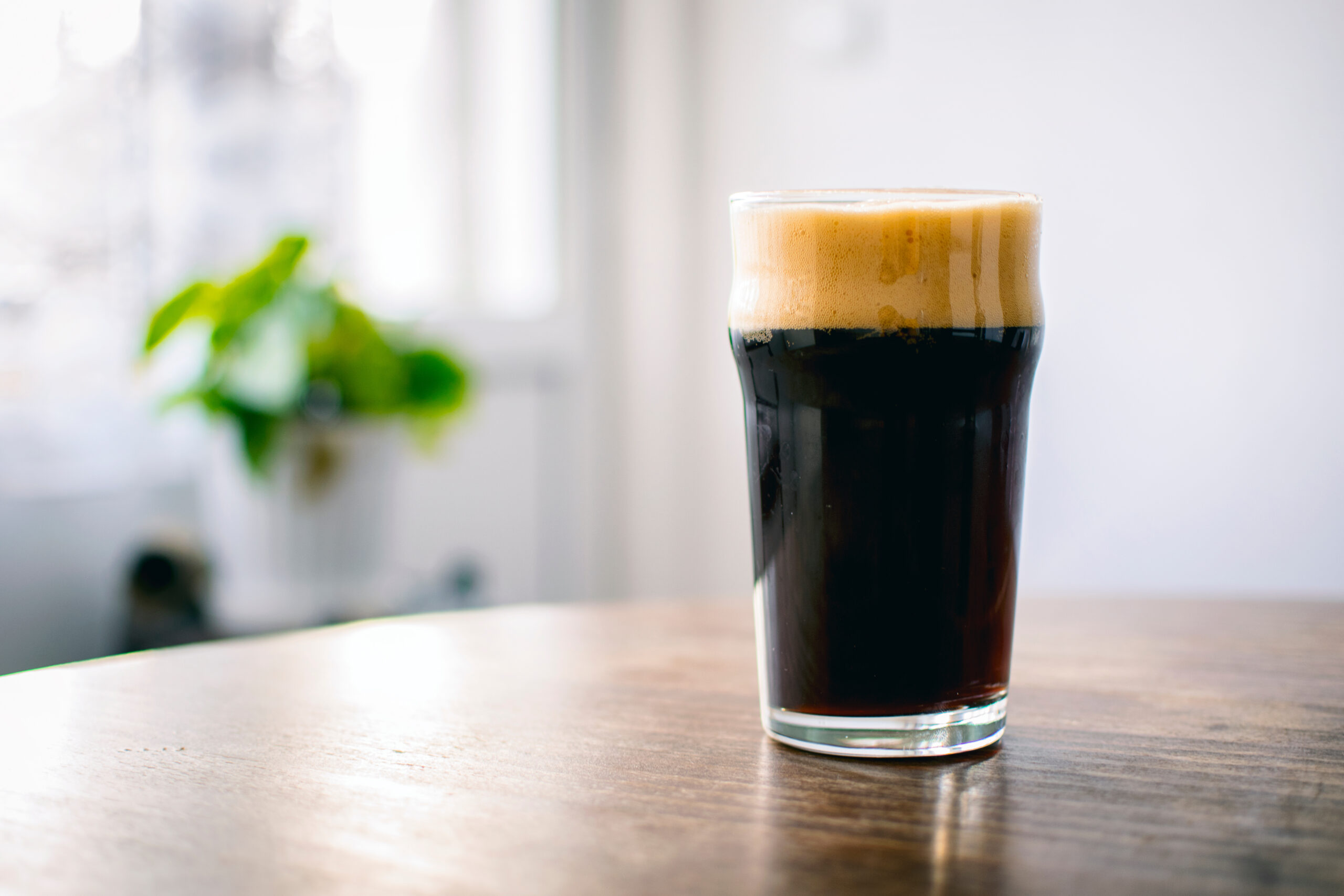If it can be done, a brewer has probably done it to Stout. And when it’s done well, the results can be super good. Here are some tips for adding flavours to your Stouts.
Grains
Oat Stout is a classic. Even those who don’t normally consider a Stout are drawn in by its silky texture and hint of sweetness. And the name alone makes it seem so wholesome. But it doesn’t stop with oats. Rye, like oats, offers up a silky (or slick) texture, but while oats are relatively neutral in flavour, rye introduces spicy and sometimes Smokey notes.
These additions are easy enough to do. Simply replace a portion of your barley malt (up to 20 percent) with the grain or grains of your choice. Unmalted flakes like rolled oats are easy to find in supermarkets.
Coffee
Coffee is a natural match for Stout, and few brewers have managed to resist the temptation to caffeinate at least one Stout on their tap list. The roasted barley and black malts in Stout grain bills echo fresh-roasted coffee even when no actual coffee is used.
There are lots of ways to add coffee to Stout as there are Stouts themselves. Just remember boiled coffee is bad for Stout, so don’t add coffee during the boil. If you must add coffee to the kettle, do so at knockout, and use a hop bag. Leave the bag in hot (but not boiling) wort for up to 5 minutes and then remove them before you extract the astringency of the beans.
We prefer to add coffee to the fermenter late in the cycle or at bottling because the release of CO2 during fermentation will scrub coffee’s delicate aroma compounds out of the beer. We find it best to prepare a separate coffee infusion – espresso, French or Bodum press, filter, or cold-brewed and add the cooled coffee to the fermenter just before bottling.
Four (250ml) cups of prepared coffee (40g of ground coffee per cup) per 20 litres of beer is a good starting point. You can always add more if needed
Chocolate
Like coffee, chocolate is a natural to add to a Stout. And just as Stout is available in more varieties than one can count, chocolate comes in numerous forms and flavours, from cacao nibs to cocoa powder.
Cacao Nibs and Cocoa Powder are the easiest to use for adding Chocolate flavours. Cacao Nibs are Cocoa Beans that have been fermented, dried, roasted, and hulled: the process followed to start making chocolate. Coarsely crush Cacao Nibs as you would specialty grains before use. Cocoa Powder is the solids that remain after Cocoa Butter has been removed from ground Cacao Nibs.
Both crushed Cacao Nibs and Cocoa Powder may be added to the mash, the boil kettle (again, knockout is best), or to the fermenter for the last week or so. Start with 100g per 20 litres of Stout.
An important distinction to keep in mind is that chocolate malt doesn’t actually contain any chocolate. It’s referred to as such because the flavour and aroma of this specialty malt evoke notes of chocolate. As a result, “Chocolate Stouts” (especially commercial brands) will contain no chocolate at all.
Fruit and Chilies
Not always a first thought, fruit additions to Stout can work exceedingly well. Dark fruits, such as plums and raisins, amplify dark fruit notes already present in many Stouts, while black cherries bring dark chocolate cake.
Besides heat Chilies can also add flavours and aromas. Chilies (also a fruit) bring a variety of flavours and aromas to the party. Habaneros, for example, are floral and tropical. Roasted green Chilies lend a fresh, earthy profile and some smokiness.
The simplest way to add fruit and Chilies is in the fermenter late in the cycle. Fruits with significant amounts of sugar will likely induce a second fermentation. Avoid boiling pectin-rich fruits such as berries and cherries, as this can cause the pectin to set and turn your beer murky and create a gummy residue. Rather just wash and sanitise them using sanitiser. Fruit amounts vary, so experiment but remember always to add less because you can always add more if needed but you can’t take out if you add too much. And of course, this applies to Chilies as well!
Wood
Wood can supply a surprising range of flavours and aromas to Stouts. Remember that distilled spirits start out crystal clear, before they go into the barrel. All the colour in a single malt Scotch whisky is extracted from the wood of the barrel it is aged in, as is a great deal of flavour. Wood contributes notes of vanilla and tannins, the same flavour compounds found in red wine and black tea.
Because barrels are so very big and expensive it makes sense to put the barrel in the beer rather than the beer in the barrel. Adding chips, cubes or spirals to the fermenter and left there for varying amounts of time. The optimal contact time depends on the surface area of the wood. Wood chips impart simple, subtle flavours in a week or so, while oak cubes, spirals, and staves give up complex layers of flavour over a period of weeks or months. Wood products are available in varying degrees of toast, and many of us like to soak our oak in distilled spirit before adding it to the beer (think bourbon-barrel Stout). I like to add the soaked wood along with the alcohol used to soak it. 60g of oak cubes or chips, per 20 litres should do the trick.


